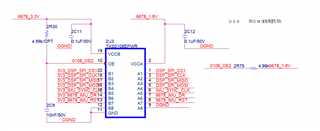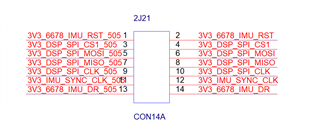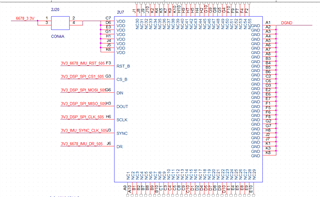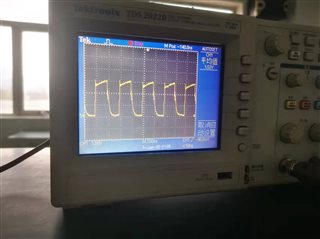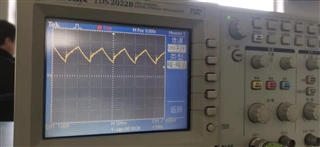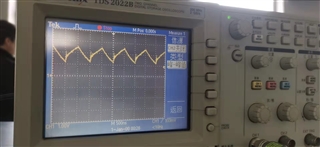Other Parts Discussed in Thread: TXB0108, TMS320C6678, TXU0104, SN74AXC8T245, SN74AXC4T774, TXU0204
Dear engineers:
I designed a board that is based on TMS320C6678. The 6678 chip should communicate with another IMU module through the SPI interface. However, the voltage level of 6678 is 1.8V while that of the IMU module is 3.3V. I used TXS0108 to transfer the voltage. When 6678 generates the SPI clock of 1.8V, the corresponding output signal of 3.3V had bad quality. I disconnected the output of TXS0108 and the IMU module, and I found this operation cannot help the chip improve its output. I also changed another TXS0108 which does not help, either. Somebody suggested that TXB0108 is more suitable for the SPI interface. So I changed the TXS0108 to a TXB0108. Unfortunately, The TXB0108 does not work at all!. The output is a puzzling sinusoidal signal of 41MHz. It made me crazy. Please help me.
Figure 1: The input signal: a 1.8V SPI clock.
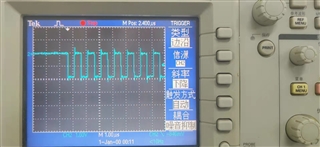
Figure 2: The output signal: a 3.3V SPI clock.

Figure 3: The schematic
